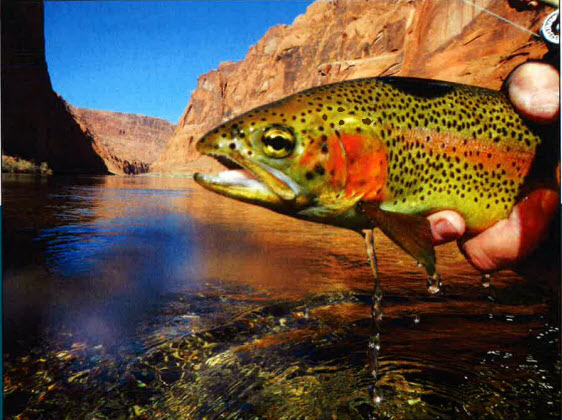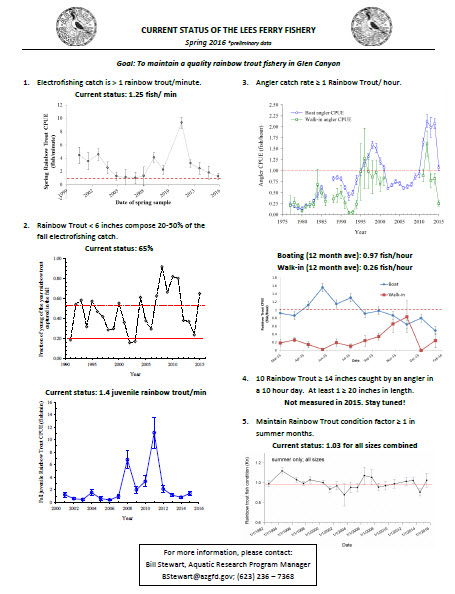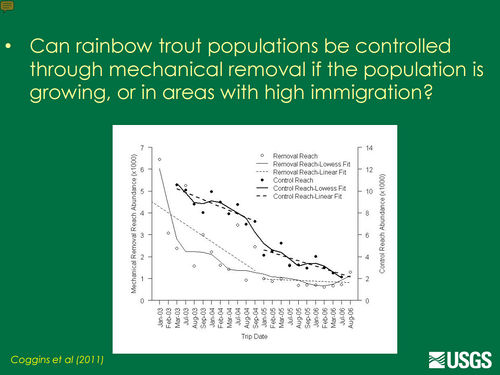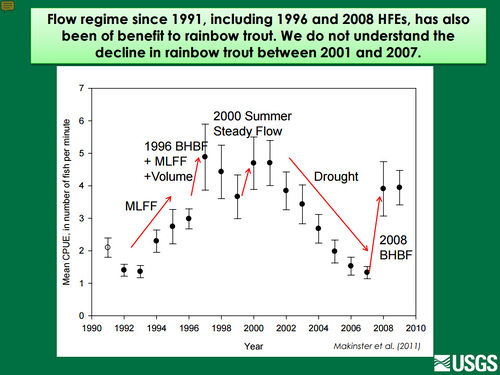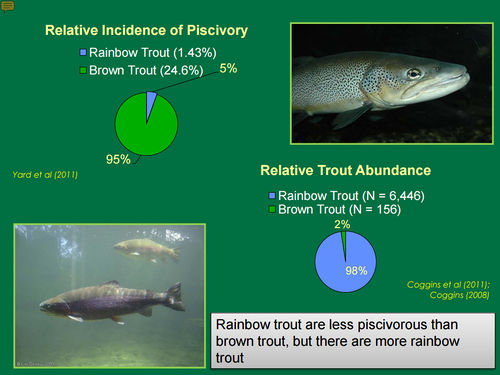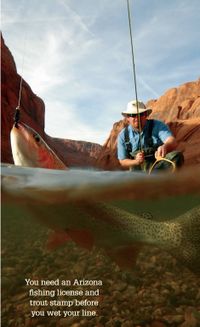Difference between revisions of "FISHERY"
Cellsworth (Talk | contribs) |
Cellsworth (Talk | contribs) |
||
| Line 138: | Line 138: | ||
|- | |- | ||
|style="color:#000;"| | |style="color:#000;"| | ||
| − | |||
| − | |||
| − | |||
| − | |||
| − | |||
| − | |||
| − | |||
| − | |||
| − | |||
| − | |||
| − | |||
| − | |||
| − | |||
| − | |||
| − | |||
| − | |||
| − | |||
| − | |||
| − | |||
| − | |||
| − | |||
| − | |||
| − | |||
| − | |||
| − | |||
| − | |||
| − | |||
| − | |||
| − | |||
| − | |||
| − | |||
| − | |||
| − | |||
| − | |||
| − | |||
| − | |||
| − | |||
| − | |||
| − | |||
| − | |||
| − | |||
| − | |||
| − | |||
| − | |||
The river is a living creature. Just because you caught fish in a certain spot in years past, don’t think that you are going to experience the same success this year. Fishing is changing daily. It is our goal and desire that everyone have a great trip to the Ferry. Be sure to stop by the shop to see the flies that are currently working. The flies change on a daily basis and every day LFA guides let everyone at the shop know the top producing flies and how to use them. We are anxious to share this knowledge with you – even where to fish! | The river is a living creature. Just because you caught fish in a certain spot in years past, don’t think that you are going to experience the same success this year. Fishing is changing daily. It is our goal and desire that everyone have a great trip to the Ferry. Be sure to stop by the shop to see the flies that are currently working. The flies change on a daily basis and every day LFA guides let everyone at the shop know the top producing flies and how to use them. We are anxious to share this knowledge with you – even where to fish! | ||
| Line 188: | Line 144: | ||
Quagga mussels have become established in Lake Powell and we are now seeing some in the river below the dam. Their arrival in the river happened sooner than I expected. So far, there has not been a major infestation and there is some thought by experts that they will not become very well established in the river due to the current. Be aware and remember to dry waders and boots before using them in any other body of water. Also, all private boats should drain all water from the boat and live-wells as soon as you exit the river. We all need to do our part to limit the transport of this and all invasive species. | Quagga mussels have become established in Lake Powell and we are now seeing some in the river below the dam. Their arrival in the river happened sooner than I expected. So far, there has not been a major infestation and there is some thought by experts that they will not become very well established in the river due to the current. Be aware and remember to dry waders and boots before using them in any other body of water. Also, all private boats should drain all water from the boat and live-wells as soon as you exit the river. We all need to do our part to limit the transport of this and all invasive species. | ||
| − | |||
| − | |||
| − | |||
| − | |||
| − | |||
| − | |||
---- | ---- | ||
Revision as of 09:35, 14 July 2016
|
|
In 1964, the Lees Ferry tailrace on the Colorado River was given birth by the completion of Glen Canyon Dam, which impounded Lake Powell. Subsequent water releases from the bottom of Lake Powell changed the once highly turbid, warm waters of the Colorado River into a constant cold (46-50°F), clear flowing river. Shortly after completion of the dam, the Arizona Game and Fish Department stocked rainbow trout (Oncorhynchus mykiss) in the 15-mile Lees Ferry reach and, in 1981, began to manage this section of river as a Blue Ribbon trout fishery. The trout began to flourish in the Lees Ferry reach from 1970-1985 when catches of rainbow trout above 10-pounds were not uncommon, and angler pressure was relatively low. In 1991, however, the Bureau of Reclamation implemented the Record of Decision flow regime, which consisted of higher minimum and more stable flows and allowed for increased trout reproduction and survival. Under these conditions, a huge population of trout developed causing individual fish growth rates to decline. Quite simply, there was a large number of fish competing for limited space and food items, resulting in a fishery where trout less than 14-in were dominant. In 2000, the Arizona Game and Fish Department began a long-term monitoring program sponsored by Grand Canyon Monitoring and Research Center to determine the effects of Glen Canyon Dam operation on the trout fishery at Lees Ferry and to make recommendations for improving this fishery. Since 2000, our data collection has shown an increase in the general health of all trout age classes (especially since 2002). This increase in fish health is usually associated with an increase in growth rates. There has been a marked increase in catch rates of young-of-the-year fish in recent years. With successful spawning and recruitment continuing to occur, fishing conditions in Lees Ferry are improving.
|
| --- |
--- | --- |
|---|
HISTORY
|
Additional Links
|
